 Many thanks to Colin Newell who notes that the second DX Podcast has been published!
Many thanks to Colin Newell who notes that the second DX Podcast has been published!
You can listen to the podcast by clicking here:
The DX Podcast is also available on the DXer.ca site.

 Many thanks to Colin Newell who notes that the second DX Podcast has been published!
Many thanks to Colin Newell who notes that the second DX Podcast has been published!
You can listen to the podcast by clicking here:
The DX Podcast is also available on the DXer.ca site.
In response to my post about finding a glowing Hallicrafters radio in a scene from the Avengers: Age of Ultron, SWLing Post reader, Mike (AC4NS) writes:
“I put the pic in Lightroom and pulled it out of the shadows.
It is definitely a Skyrider and not an SX-28.”
Wow–I’m amazed there was enough information in that photo to pull it out of the shadows! You can see the silk screening and the SEND-REC. switch in the lower right corner.
Again, here’s my Hallicrafters SX-24 Skyrider Defiant for comparison:
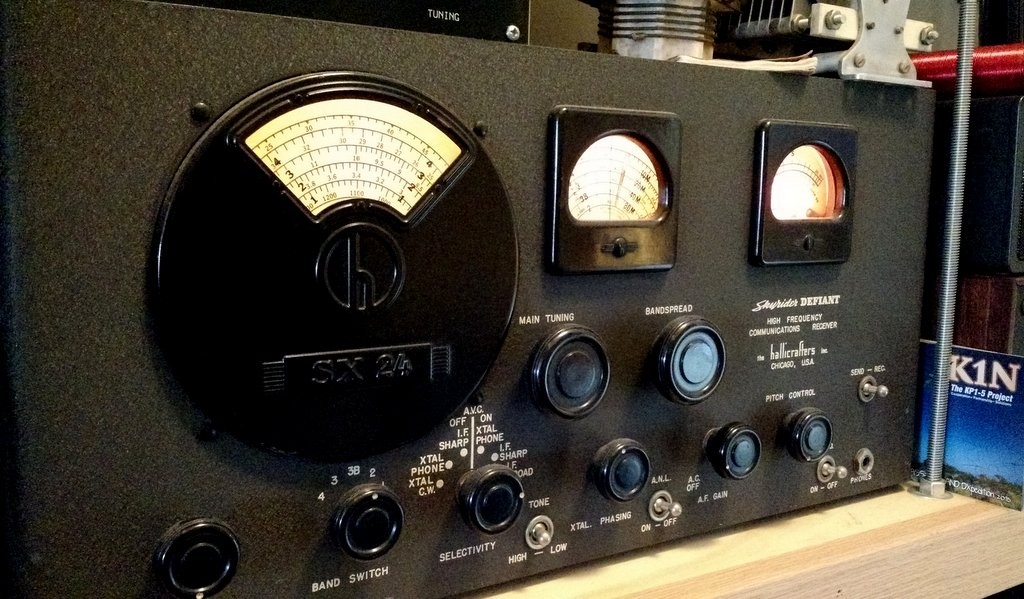
I know why they used a Skyrider in the film; the warm glow of the dials and signal meter were simply irresistible! (At least, they are for me!)
Thanks for helping ID this, Mike!
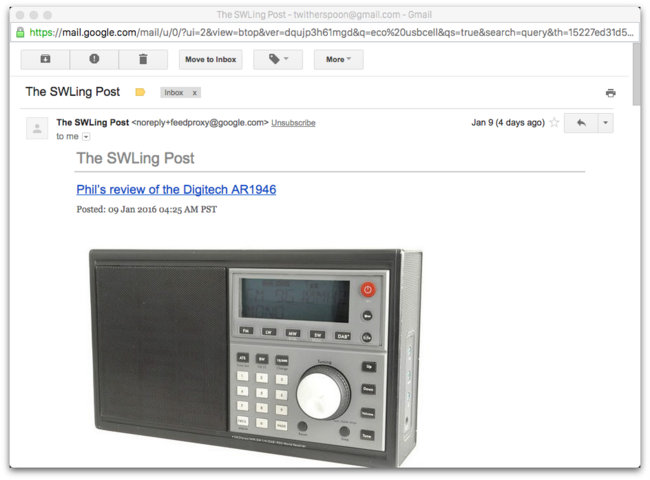
I’ve received messages from several SWLing Post email subscribers stating that they haven’t received email digests or announcements lately.
Our email subscription has been powered by the Google company Feedburner. Feedburner used to be the best RSS-to-email subscription service out there, but over the years, Google has all but dropped the service completely. It appears their service is either not working right now, or is working inconsistently.
I’ve stuck with Feedburner over the years because:
Most daily SWLing Post readers (we’re averaging almost 6,000 on average) visit the site directly; a large number also use RSS services to follow our feed.
I’ve been searching for alternatives to Feedburner. There are quite a few out there, but most have a complicated pricing structures based on both the number of subscribers and the total amount of emails sent. We currently send at least 35,000 emails per month via Feedburner.
I will choose a paid rss service, because I don’t want emails littered with ads from the service provider.
I have a personal goal to make any change like this to the SWLing Post an upgrade in user experience, so it may take some time to find the right solution. If you’re familiar with rss-to-email services, your suggestions are most welcome!
Anyway, thanks for your patience while I explore email subscription services!

I took this photo of the RCI Sackville curtain antennas in June, 2012. (Photo: Thomas)
Many thanks to SWLing Post contributor, Richard Langley, who shares this CBC New Brunswick article about Amanda Dawn Christie’s film, Spectres of Shortwave:
(Source: CBC)
Documentary ‘Spectres of Shortwave’ to be finished in time for possible premiere at Toronto’s Hot Docs
Moncton artist Amanda Dawn Christie says after six years, her documentary Spectres of Shortwave, about the demise of the Radio-Canada International towers in Sackville, is nearly complete.
“A project like this is very hard,” Christie said in an interview on Information Morning Moncton. “When I went into this project they weren’t supposed to be tearing the towers down.”
After budget cuts in 2012, CBC announced the shortwave service would end after 67 years of broadcasting around the world.
Christie calls that decision a loss for the international community.
“Shortwave communication is something that will always get through. Even though technology advances and people rely on the internet — not everyone can afford a computer or digital receiver … Canada was known for more objective, non-biased broadcasting.”

Many thanks to SWLing Post contributor, Andrea Borgnino, who tweets:
The Russian Woodpecker movie is now on Vimeo, Google Play & Itunes:
Thanks, Andrea!
It appears the movie costs $9.99 (buy) or $3.99 (rent) via Google Play, $12.99 (buy) via iTunes, and $12.99 (buy) or $4.99 (rent) via Vimeo on Demand.
Via Amazon, the movie costs $9.99 (buy) or $4.99HD/$3.99SD (rent) but, if you’re an Amazon Prime member, it’s offered as a “free” stream. If I can finish a few projects on my table, I hope to watch this tonight.
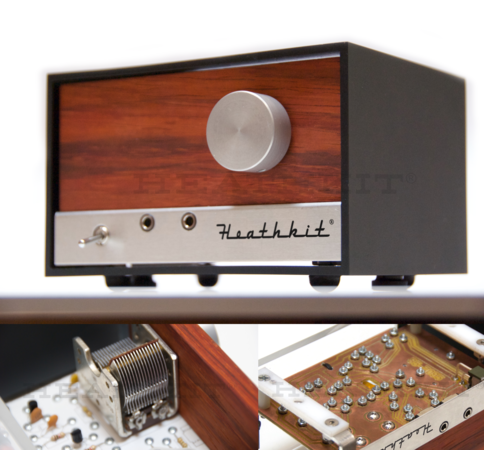 Many thanks to SWLing Post contributor, James Surprenant (AB1DQ), who shares this review and photos of the new Heathkit Explorer Jr. TRF AM radio receiver kit:
Many thanks to SWLing Post contributor, James Surprenant (AB1DQ), who shares this review and photos of the new Heathkit Explorer Jr. TRF AM radio receiver kit:
I received this Heathkit kit for Xmas from dear old Dad.
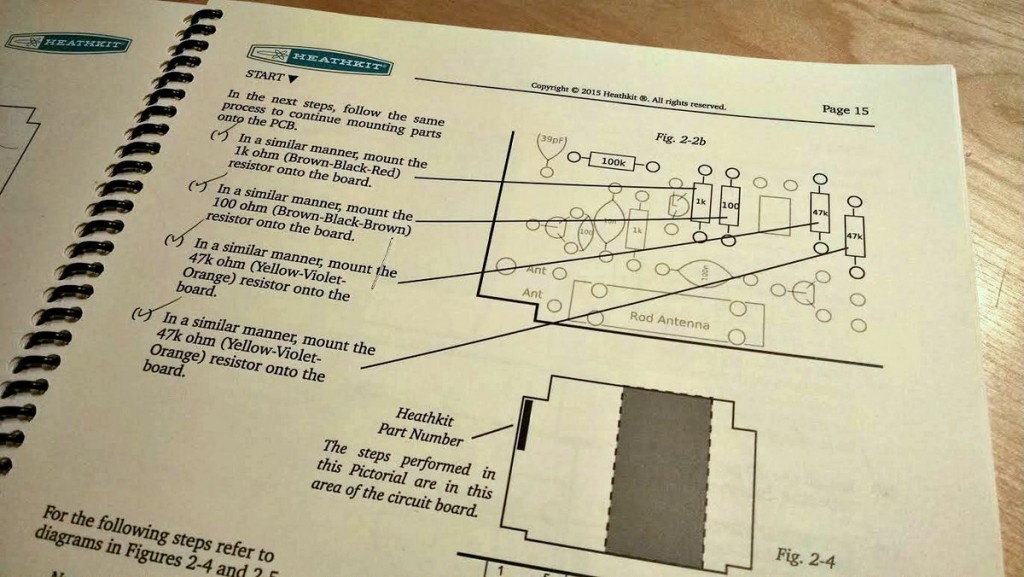
The Explorer Jr. manual is very nicely done, spiral-bound, and very reminiscent of the old Heathkit manuals in terms of lay-out and detail.
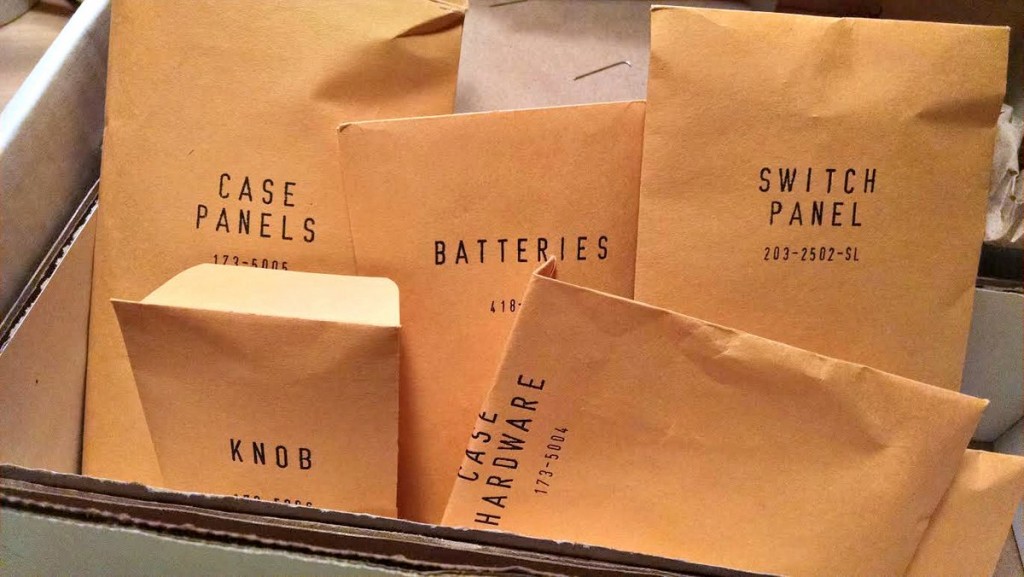
The packaging of the parts is also reminiscent of the old Heathkits with parts grouped into envelopes by phase, ie. “Active Components,” “Passive Components,” “Small Parts,” “Knobs,” etc.
The first night, I worked through completion of the circuit board attaching all electronic components and stopped at the step for winding the coil. I thought it would make sense to start fresh on that step since winding coils is generally a pain.
Even on the first night, I had a few criticisms:
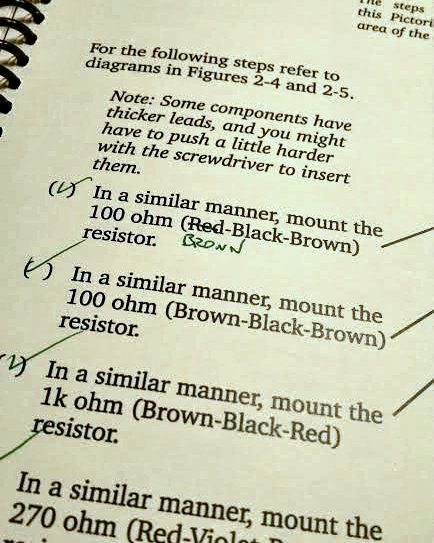
Incorrect color code in manual.
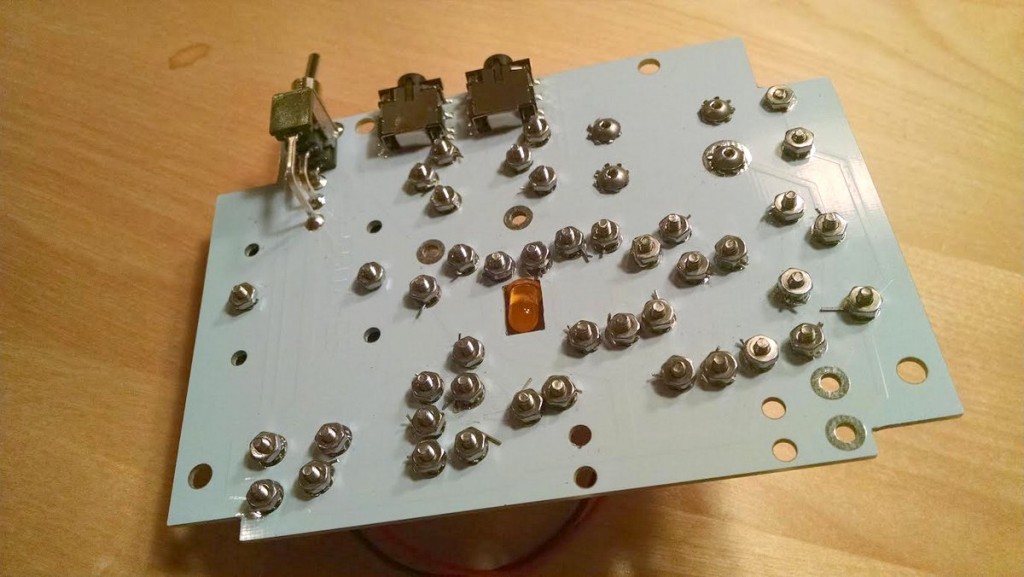
Bottom of the PCB board
On the upside, the fact I didn’t need to work with a hot solder iron meant I felt comfortable building the kit at the kitchen table. (My XYL would not be pleased if she found burn marks on the table!) So I had a nicer environment to work in than the basement work bench.
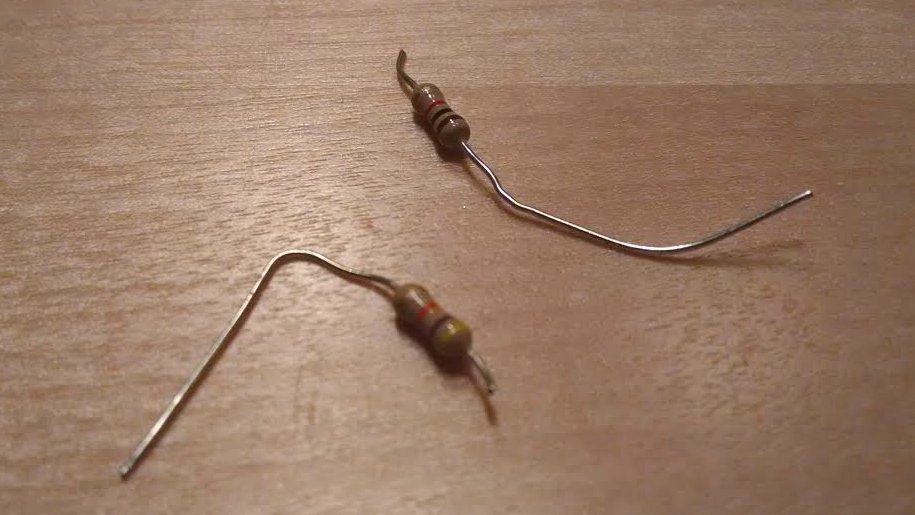 On the downside, I managed to sheer off the leads on TWO resistors when tightening the screws. Fortunately I was able to replace the busted resistors from my on-hand stock.
On the downside, I managed to sheer off the leads on TWO resistors when tightening the screws. Fortunately I was able to replace the busted resistors from my on-hand stock.
The other odd thing about this method of attaching components is that Heathkit included a nifty screwdriver in the kit, but leaves it up to the kit builder to provide a small socket wrench or pliers to hold the nut in place while tightening the screw.
Finally, the instructions call for the kit builder to ‘bend the excess leads back and forth’ until they snap off, rather than instructing the kit builder to snip off the excess leads with nippers. That seemed really strange to me.
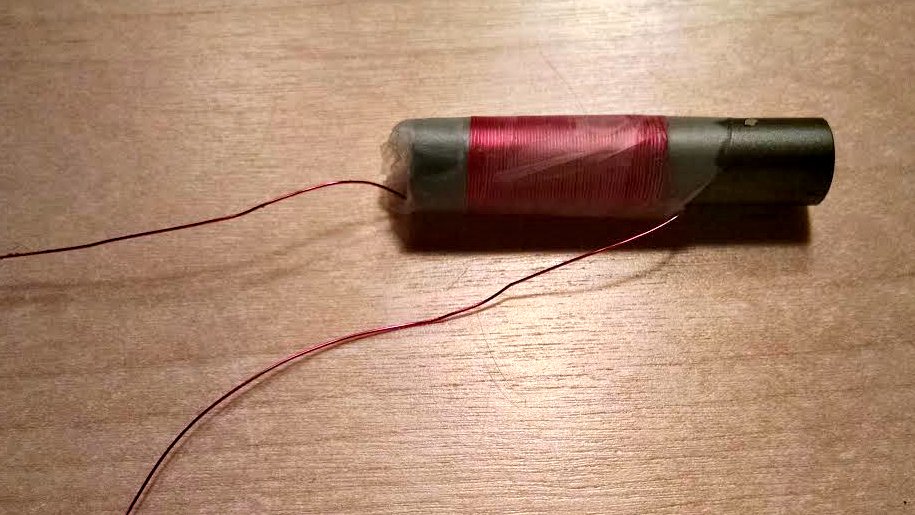
I completed my build of the GR-150 Explorer TRF radio this past weekend. I had no difficulty winding the coil, which involved 56 turns of magnet wire around a ferite core and securing it with transparent tape.
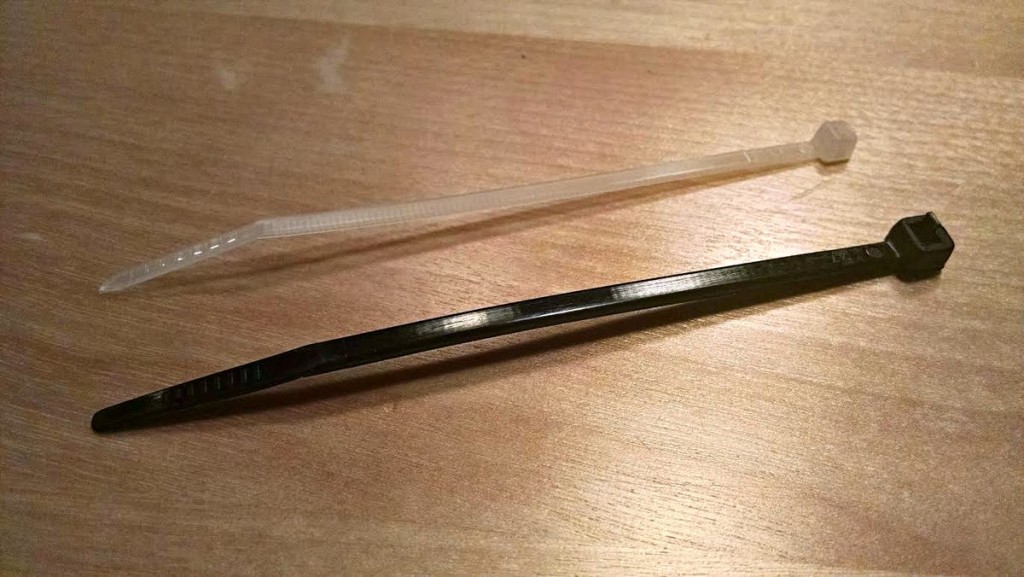
Heathkit provided the black ties, which were too large.
The next problem I encountered was attaching the wound coil to the PCB. The kit came with two zip cords to use as fasteners, but the zip cords were much much too large to fit through the holes drilled in the PCB. So this required a trip to the hardware store.
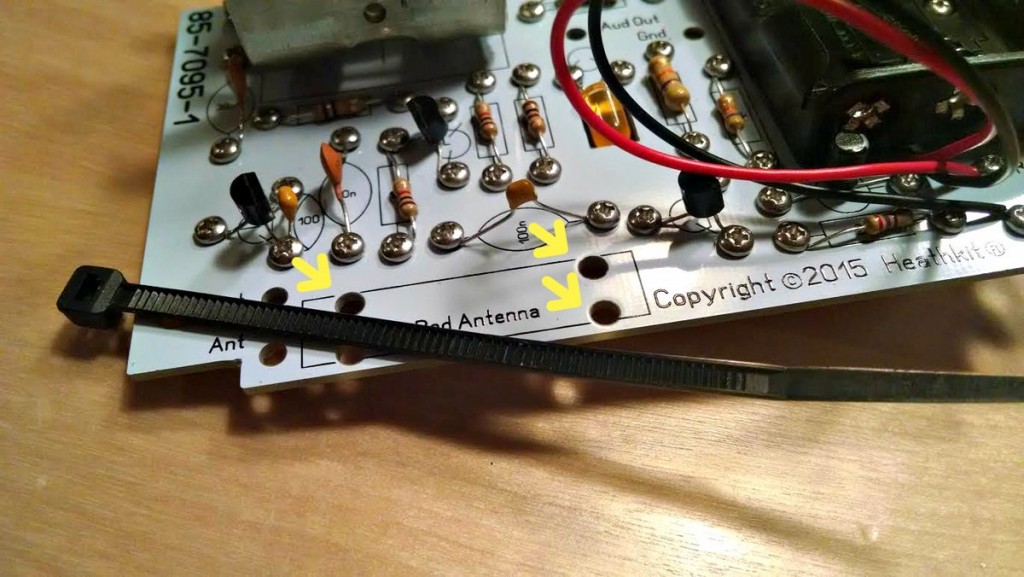
You can clearly see that the holes are too small for the black cable ties.
Once I had the coil mounted, I encountered the problem again with the bolts and nuts shearing off the leads – this time, it took me about 4 tries to attach the thin fragile coil wires to the PCB. It’s a very fragile process that again had me wishing this was a solder kit.
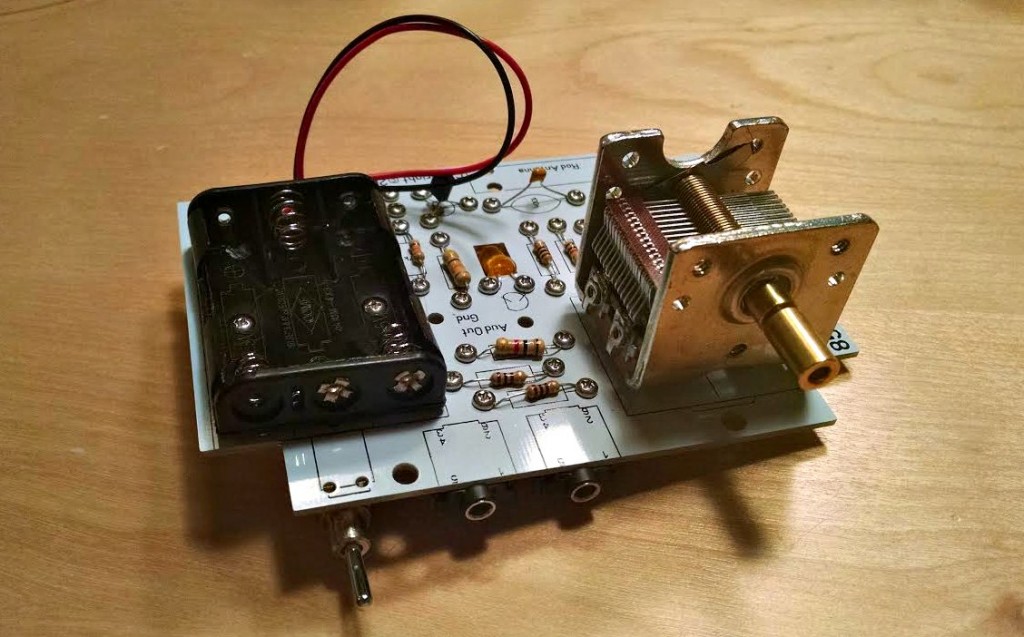
The rest of the assembly went well. The only other glitch I encountered was in assembling the cabinet, the kit came with six locking star washers for the cabinet, in fact the parts list indicates that six should have been included in the kit. But then the actual assembly called for 10 star washers.
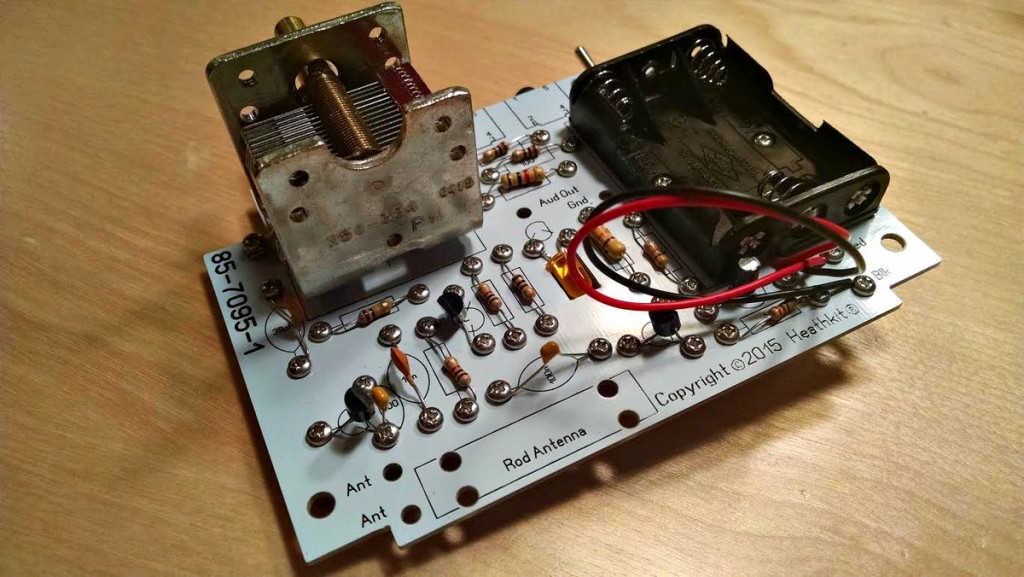
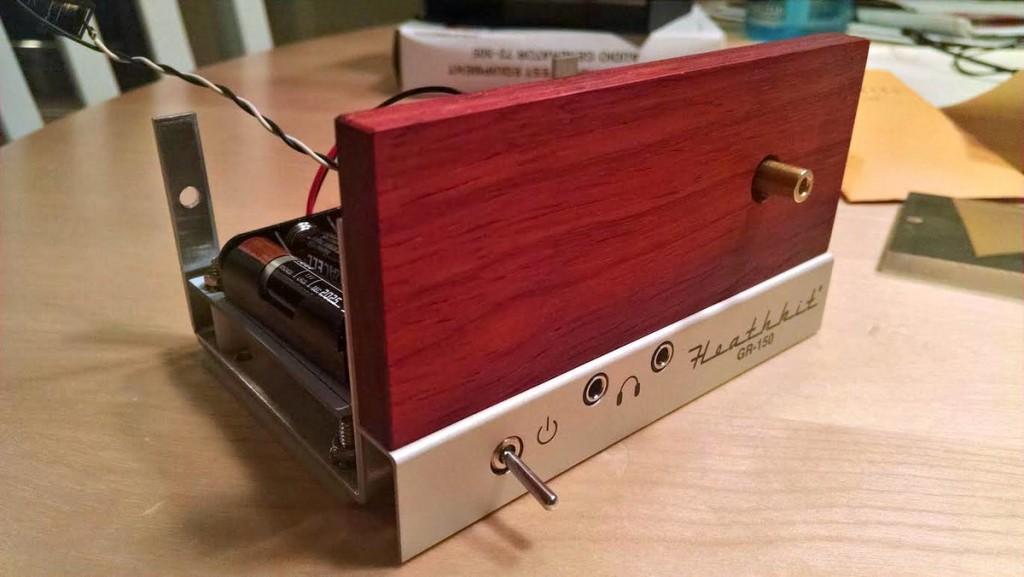
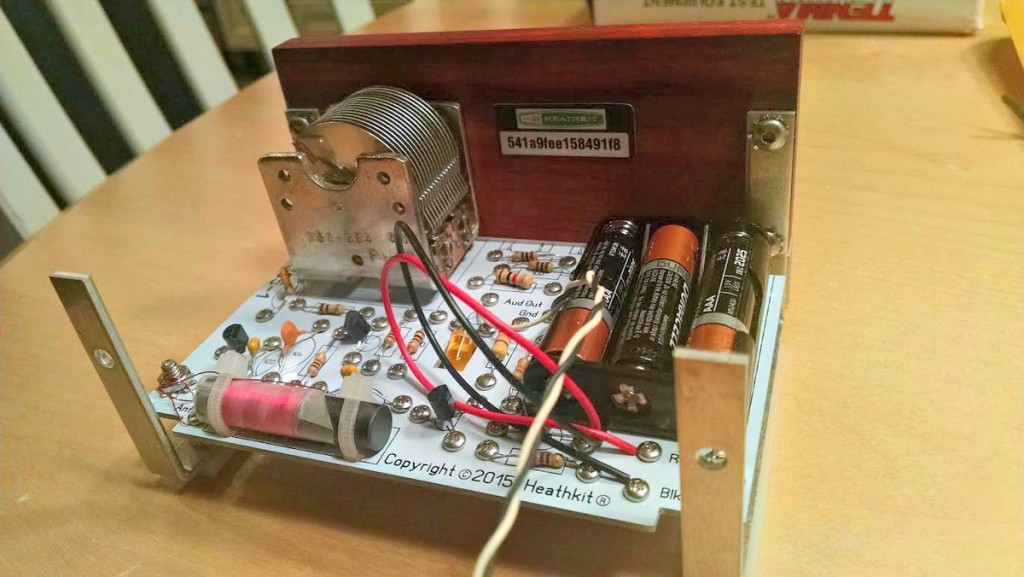
So, how did the radio perform? About as expected. It is a single stage TRF receiver without a proper audio amplifier. The instructions say you should use earbuds to listen to the radio, but I found that my standard stereo earbuds to be off too low an impedance for while the radio worked, all stations heard were very faint – about as strong as you’d hear from a typical crystal radio kit.
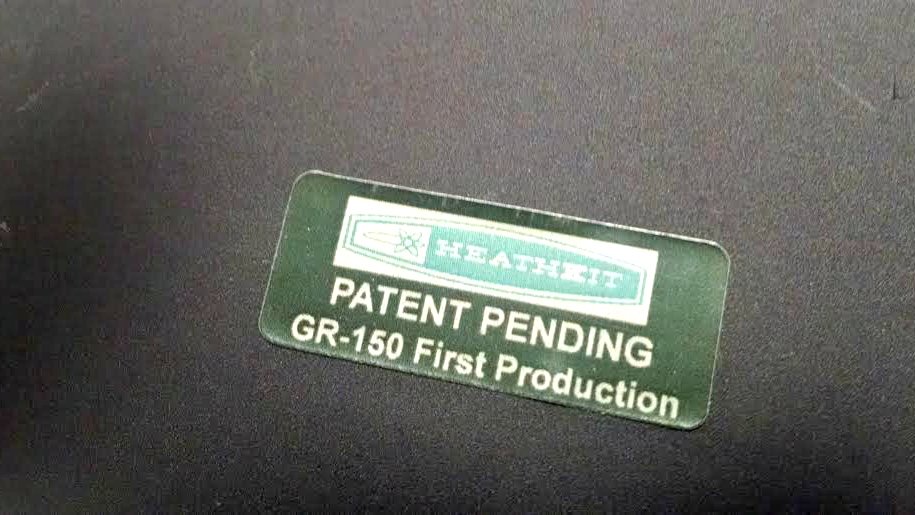
I hooked the radio up to a set of PC speakers which helped – a lot. Once I could hear the audio output, I was very pleased with the radio’s performance. The tuning cap is geared and it takes a good five turns of the tuning knob to cover the entire broadcast band. The radio was fairly sensitive and not too selective – again, as you’d expect.
So, was it worth it? For me, sure… but it depends on what you are looking for.
It’s a bit pricey for what you get, but if you want to support Heathkit as it attempts to rise from the ashes, and if you have the $$$ to ‘donate’ towards the cause, it may be worth it.
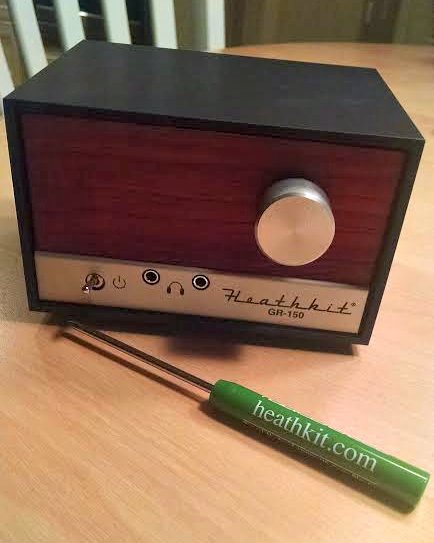
Here is my take:
Overall, I really enjoyed the build and I like the radio. I’m looking forward to see what the ‘new” Heathkit does next.
I applaud Heathkit for making a go at a come-back and will continue to support their efforts by buying and building their pricey stuff – yeah, I’m that guy.
73 de AB1DQ
James
James, thank you for not only sharing your experience–along with errors and omissions–but providing excellent, detailed photos. I can’t tell you how many times I’ve been confused by kit instructions and turned to Google to help me find photos and notes from other builders. Your details will help others attempting to build the Heathkit GR-150.
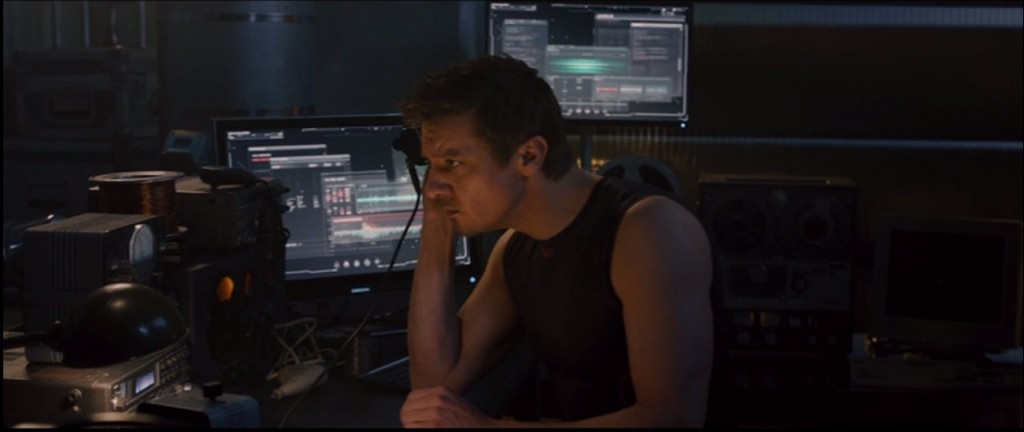 With the recent posts about shortwave radio in films (Star Wars and Star Trek), I remembered a scene from Avengers: Age of Ultron where I thought I spotted a vintage Hallicrafters receiver.
With the recent posts about shortwave radio in films (Star Wars and Star Trek), I remembered a scene from Avengers: Age of Ultron where I thought I spotted a vintage Hallicrafters receiver.
In the scene, Hawkeye (Jeremy Renner) is using an “old school spy method” to find the whereabouts of Black Widow (Scarlett Johansson). I remembered Haweye sitting in front of a 1940s era radio.
This weekend, I found the clip from the movie (first time I had seen it since the theatre) and sure enough, I’m positive this is a Hallicrafters. Click on the images above or below to enlarge.
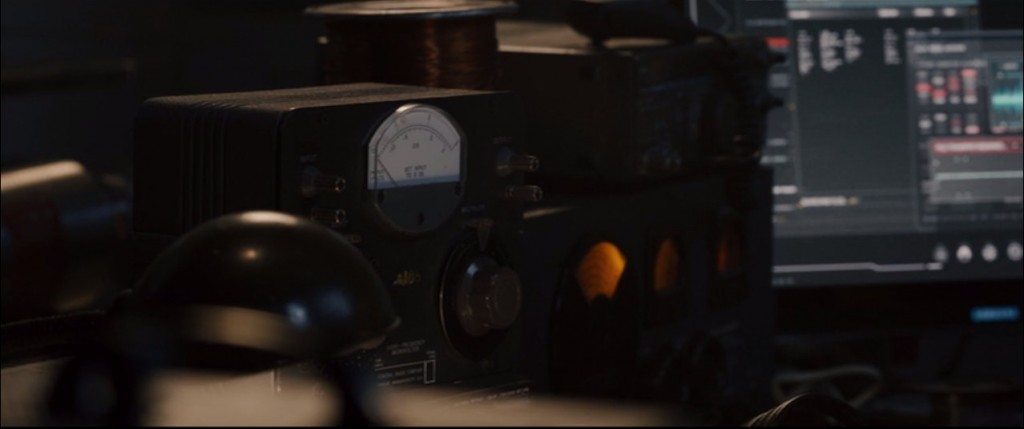 I can’t quite determine the Halli model, though–can anyone ID it?
I can’t quite determine the Halli model, though–can anyone ID it?
The images aren’t the best: the scene is dark and the radio at quite an angle. Still, there’s no mistaking that Hallicrafters glow.
I think there’s a good chance it’s the same model I have in my radio shack: the Hallicrafters SX-24 ‘Sky Defiant‘–but I can’t quite confirm. Perhaps it’s an SX-28?
Can anyone provide a positive ID? Please comment!